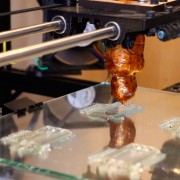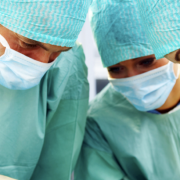Printing 3D Blood Vessel Networks out of Sugar
Bioengineers have been steadily advancing toward the goal of building lab-grown organs out of a patient’s own cells, but a few major challenges remain. One of them is making vasculature, the blood vessel plumbing system that delivers nutrients and remove waste from the cells on the inside of a mass of tissue. Without these blood vessels, interior cells quickly suffocate and die.











